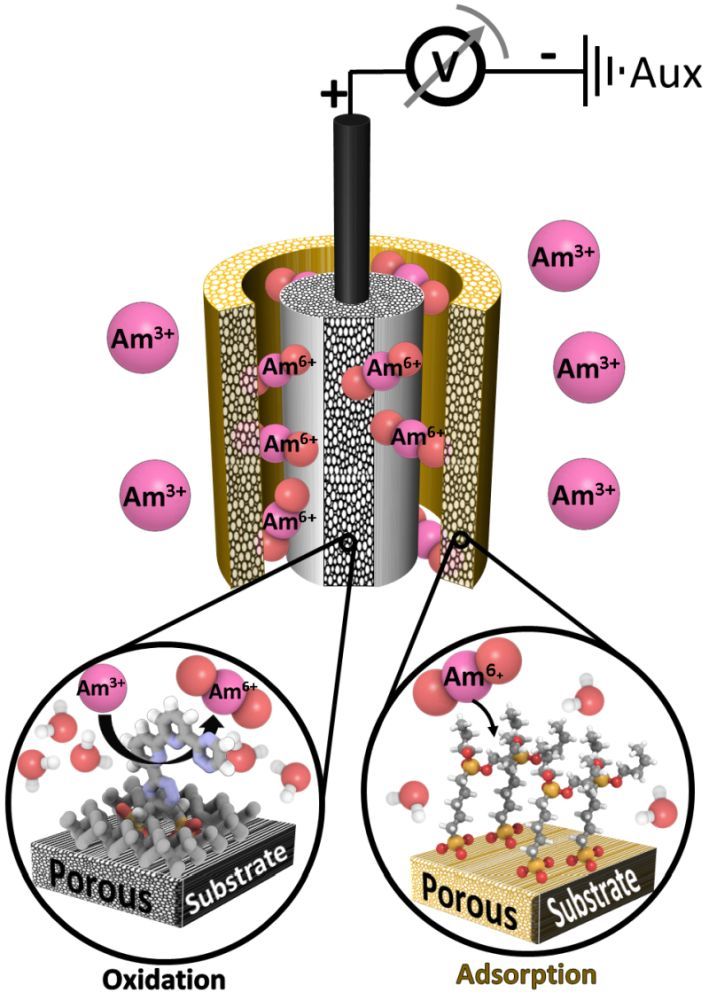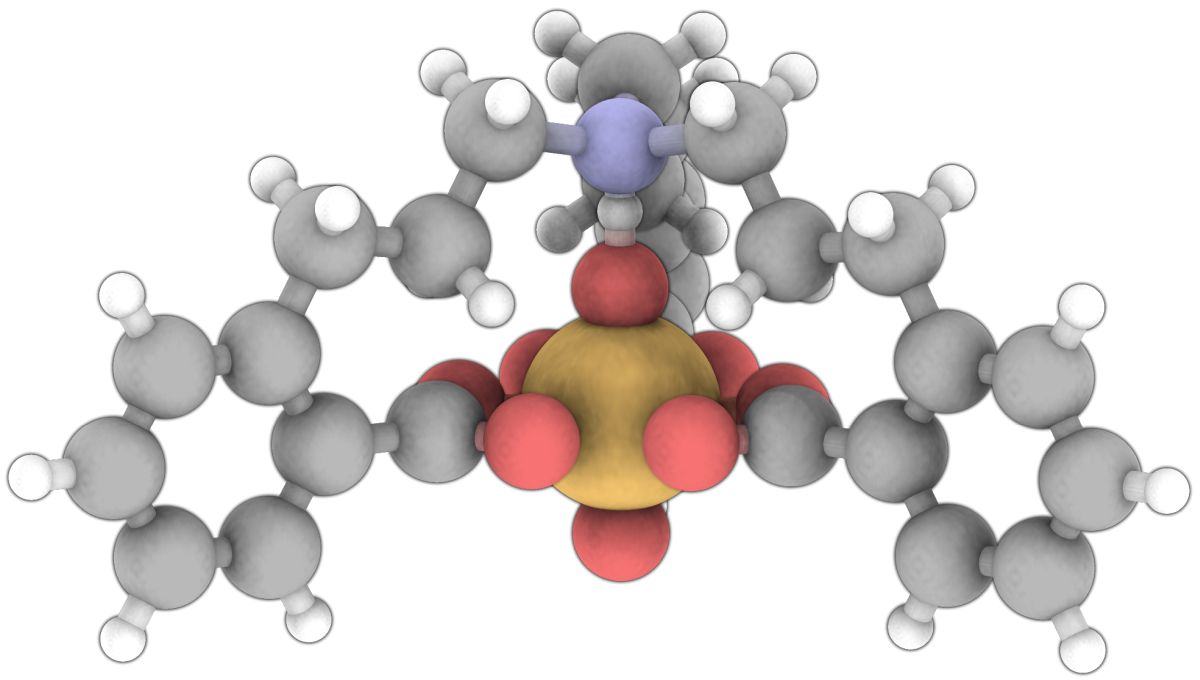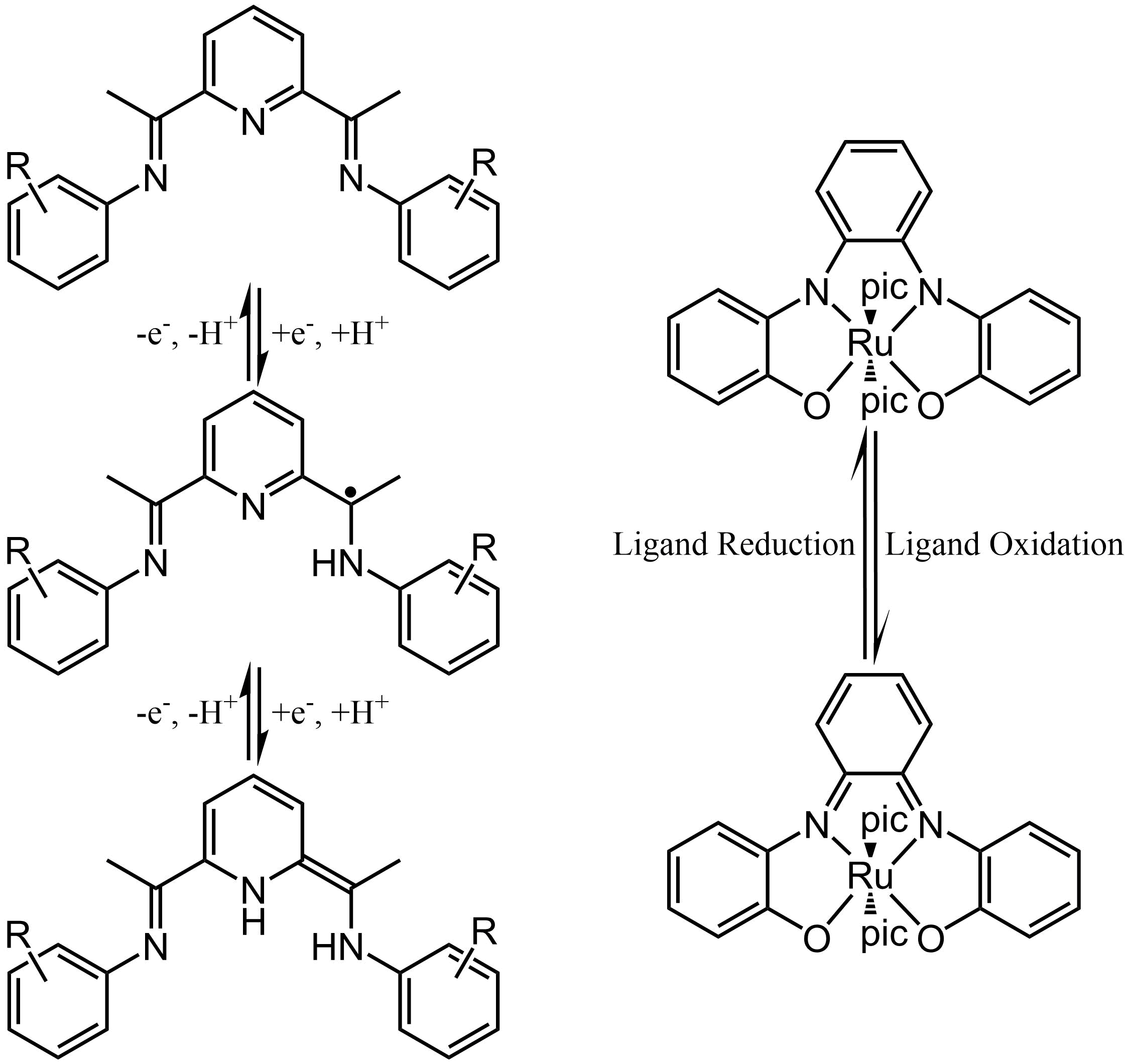
Separation of americium from nuclear waste streams, including other minor actinides (MA) and the lanthanides, continues to place a significant technical burden on the nuclear fuel cycle. Separation of Am(III) from the lanthanides and MA in the common trivalent oxidation state in acidic solutions by conventional extraction techniques presents a significant challenge given their similar atomic radii. In the research proposed here a separation scheme will be explored, involving oxidation of Am(III) to Am(VI) followed by adsorption of Am(VI) onto a solid support. It will build on our initial results on the electrochemical oxidation of Am(III) to Am(VI) at high surface area, derivatized oxide electrodes with selective separation and concentration of Am(VI) as AmO22+ from the nuclear waste stream at a second, solid support.
Electrochemical oxidation at high surface area oxide electrodes will be facilitated by derivatization of the electrodes with surface-bound ligands to concentrate Am(III) ions and redox mediators to facilitate interfacial electron transfer. High surface area metal oxide electrodes will be developed and investigated with extensions to ultra-high surface area porous metal oxide aerogels which are ideally suited for flow applications. Surface derivatization of the electrodes, will be accomplished using ligands known for Am(III) binding, synthesized with anchoring groups for surface attachment. Stabilization of porous materials and of ligand surface binding will exploit well-developed atomic layer deposition (ALD) techniques or by electrochemical deposition of diamond like carbon (DLC).
Liquid-solid extraction materials will be developed to remove Am(VI). These will include the development of sorbent materials surface functionalized or pore impregnated with known ligands and materials designed for Am(VI) liquid-liquid separation or uranyl separation. The procedures described here have the potential to impact the nuclear fuel cycle directly. They will also provide procedures for preparing high oxidation state Am in the absence of oxidizing agents enabling fundamental studies of intrinsic value, and advances in its coordination chemistry.

The nature of the chemical bond, and our understanding of it, is imperative to furthering our abilities to design molecules with a purpose. The bonds formed involving f-orbitals, and ligands are less well understood. It is generally accepted that the actinides have slightly more diffuse f-orbitals which allow for more covalent character in the bonds they form with ligands, which results in more stable complexes. This premise has resulted in the design of a variety of ligands to specifically bind actinides to effect their selective separation. Our goal is to systematically study coordination complexes involving f-block elements, and correlate spectroscopic, electrochemical, thermodynamic, and computational data to produce a more clear picture of the bonding between the metal and ligands. We will not only qualitatively describe the degree of covalency, but, develop models to quantify the covalency. These studies can provide the basis for new ligands for selective separations, new complexes with tailored/tuned spectroscopic or electrochemical properties, and/or exhibit interesting reactivity which we will take advantage of.

The nature of the tank waste currently in long-term storage is not the same as that expected for waste generated during material recovery efforts from the fuel recycle program. In contrast to the acidic media encountered in materials recovery, the long-term waste is alkaline. Of special interest is the separation of the species present in the tank waste so that long-lived actinide materials can be appropriately removed. Electrochemical characterization of the waste will help to provide an idea of the current non-equilibrium conditions in the tank, regarding whether it is net oxidizing or reducing, the amounts of different metal species including their valence state, as well as the amount of gases such as oxygen, and hydrogen present. More importantly however, in neutral/basic conditions, electrochemical reduction of actinides to an oxide is possible at relatively low cathodic potentials to afford electrodeposited crystalline actinide oxide materials. The crystallinity, and crystal phase of the oxide materials can be altered by adjusting the pH, applied potential, and, the working electrode surface. We will explore the variation in the deposition of various actinide oxides including uranium, plutonium, americium, and neptunium at different metal oxides electrode surfaces. The overpotential and crystal phase of oxides of the above actinides are expected to be different at different conductive and semi-conductive metal oxide surfaces which include actinide surrogates. In addition to providing basic energy research regarding the relatively unexplored field of actinide electrodeposition, it may also help develop new materials for the selective electrodeposition of a given actinide at a given potential, thereby effecting its separation for long-term tank waste management.

Molecular catalysis is of immense importance in energy conversion, and molecular synthesis schemes. These transformations include splitting water into its constituent elements both photochemically and electrochemically, the oxidation of chloride to chlorine for water de-salination and for chlorine production ($38B industry), the conversion of gaseous fuels such as methane into liquid fuels such as methanol, facilitating transportation to and from remote sites, and the conversion of CO2 to useful fuel stocks such as methanol, or formate for use in fuel cells or, the generation of CO/H2 syngas which can be used in Fischer-Tropsch processes, and a variety of other industrial important precursors.
The design of molecular catalysts which are useful for such processes, has typically involved inorganic or organometallic complexes where the redox properties of the metal, and steric environment of the substrate coordination site are tuned by judicious choice and derivatization of the ligand. Understanding fundamental aspects of the relationship between redox-active non-innocence, and spectroscopic characteristics, will open new doors to catalyst design, improving catalyst activity for both oxidation and reduction based processes. The design of new catalysts has until relatively recently relied on using changes in the oxidation state of the metal center only, which very limiting. There is therefore a great need to understand the role that RALs and non-innocence have in catalyst reactivity.
The three transecting aims of this research are focused on: (1) understanding the electronic structure of mono- and multi-metallic inorganic complexes which incorporate non-innocent RALs; (2) exploit the understanding of the electronic structure to develop catalysts suitable for use in energy conversion systems for renewable energy research, or industrial precursor generation; (3) expand the definition of non-innocent complexes, and explore the non-innocence of ligands in complexes when photo-excited, or when electrochemically oxidized or reduced.




